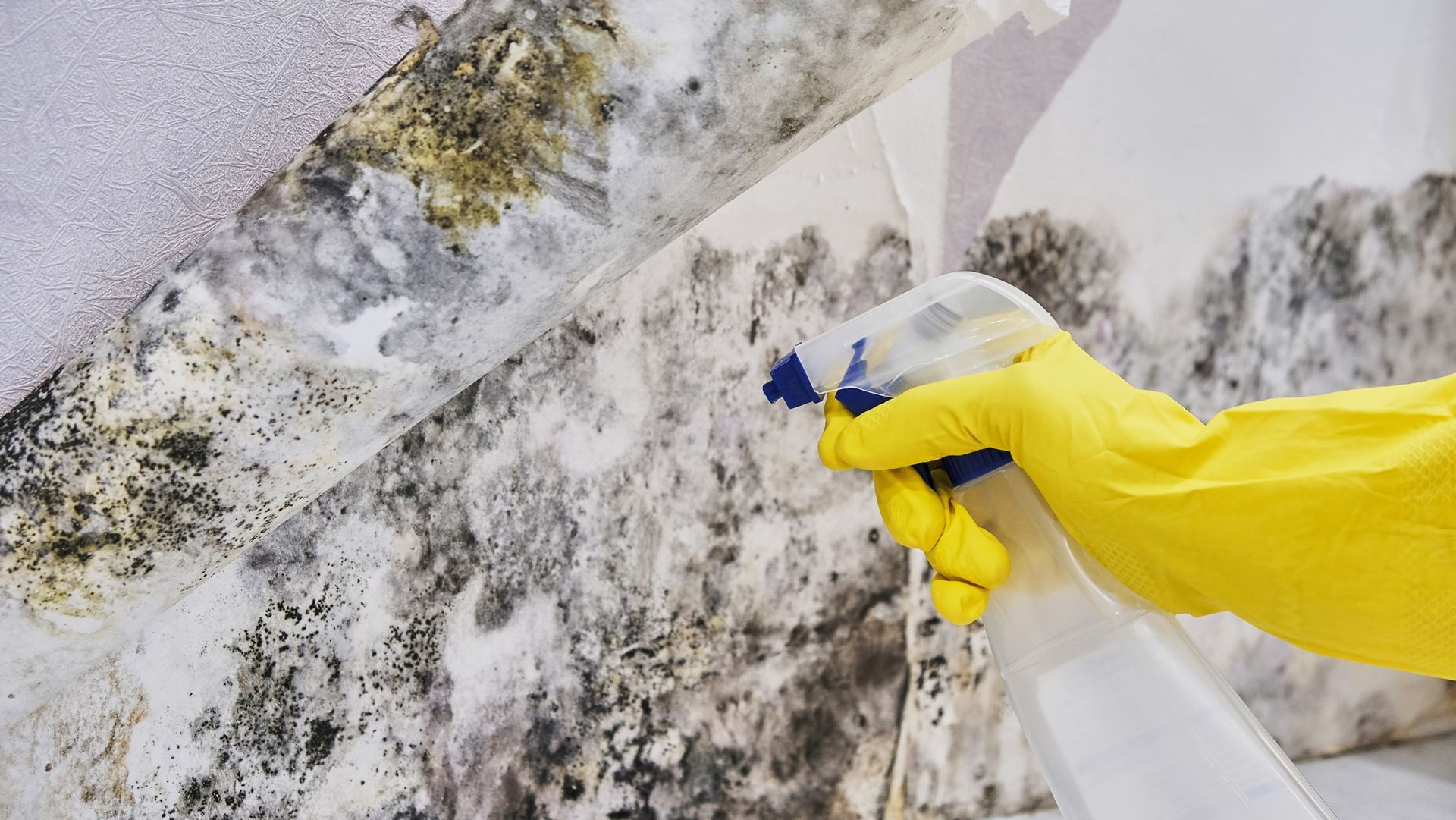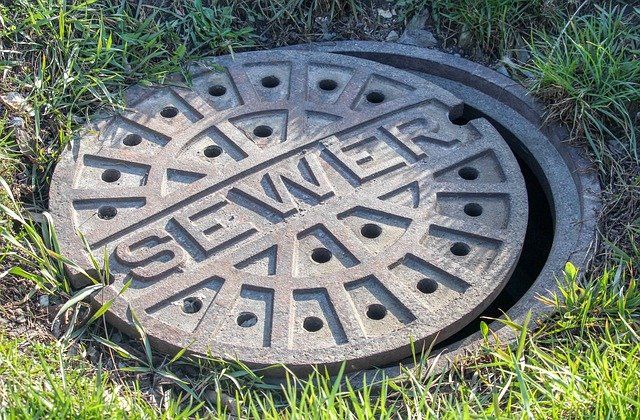Getting Rid of Mold in Laundry Rooms
Getting Rid of Mold in Laundry Rooms
- Columbus. OH

Mold, a microscopic organism, may live alongside dirty clothes in the washing machine. Spores thrive in laundry rooms due to the abundance of nutrition. Mold removal from these areas is critical for limiting the spread of indoor mold and maintaining health.
Why does mold grow in laundry hampers?
Mold is a fungus that is found all over the world. The spores degrade decaying organic matter such as dead leaves and trees outside. Mold grows best in humid, oxygen-rich environments.
Indoors, on the other hand, mold should be avoided. Mold spores, while irritating, can grow in areas with a consistent source of moisture. Mold can grow and thrive in laundry baskets and other frequently used storage areas.
Laundry rooms are humid because sweat has saturated the clothing or bath towels have recently been used. Mold spore growth requires three nutrients, one of which is moisture. The nutritional requirements of the spores are met by an organic food source and oxygen.
Mold obtains some food sources from the standard laundry basket, including moisture from damp clothes, organic food sources like dirt, dust, body oils on garments, and oxygen. Mold spores are drawn to the opulent banquet found in standard laundry storage areas.
When you wash your clothes and towels in the laundry basket, you remove the moisture source as well as the organic food supply from the damp materials. Mold spores may look for food elsewhere. Spores, on the other hand, may survive if the washing basket contains enough nutrients.
Mold can be effectively removed by cleaning areas where laundry is stored. To prevent mold growth, laundry shelves, including those made of fabric, and laundry cupboards should be cleaned on a regular basis. It is just as important to keep the areas where laundry is stored clean as it is to keep the items themselves clean.
Mold can be effectively removed by cleaning areas where laundry is stored. To prevent mold growth, laundry shelves, including those made of fabric, and laundry cupboards should be cleaned on a regular basis. It is just as important to keep the areas where laundry is stored clean as it is to keep the items themselves clean.
How is mold removed from cloth laundry bags?
Scrubbing away existing mold with a dry scrub brush is the first step in removing it. Carry out this task in an open, well-ventilated area. Mold spores in the air are the last thing a homeowner wants to spread throughout the home.
Spray the fabric washing basket with a solution of equal parts white vinegar and water. Vinegar is an effective mold spore killer due to its antibacterial and antifungal properties. With the solution, remove any visible mold spots. Allow the basket to soak for five minutes.
A thorough soak in a bathtub or washing machine full of one cup of vinegar and hot water kills any remaining mold spores. Before beginning this step, read the care instructions on the laundry basket to determine the temperature of water required for cleaning.
To clean the laundry basket liner, use heavy-duty laundry detergent in the washing machine. The enzymes in mold spores or spots will be degraded by a strong detergent. If the laundry basket cannot be washed, hand-wash it with a sponge and warm water.
The mold spores in the textile washing basket will be killed by the sun's rays. Sunlight not only bleaches the fabric, but it also removes mold stains. Mold stains can be removed from a basket by spritzing it with lemon juice and drying it in the sun.
How are laundry baskets kept clean?
Mold infestations can be avoided by regularly cleaning the laundry basket. Hand-wash and rinse clean plastic hampers with hot, soapy water outside. Dry the hamper in the sun. Make sure your clothes are completely dry before putting them in the hamper.
Vacuum both the interior and exterior of a wicker laundry basket. After combining one gallon of warm water and one cup of baking soda, scrub the basket with a soft brush. Use a damp cloth and a towel to dry to clean between the gaps. Finish the drying process in the sun.
How is mold in laundry baskets prevented?
Mold grows in damp laundry stored in a dark hamper. To keep mold at bay, wash your clothes on a regular basis. Mold grows quickly, often within 24 to 48 hours, so it's critical not to leave dirty clothes in the hamper for long periods of time.
Another method for preventing mold in the laundry basket is to dry damp items such as towels before placing them in the hamper. While the clothes are being washed, clean the laundry basket. Cloth laundry baskets can be added to the load. On a regular basis, clean the laundry shelves.
Mold growth in laundry rooms can be scary. Larger mold infestations are expected due to the spores' rapid dispersal. As soon as you notice or smell mold in your home, contact a mold removal professional.
Professionals certified by the IICRC will use cutting-edge technology to detect both hidden and visible mold growth. Mold has the ability to hide behind walls, carpets, and under wallpaper. Using the equipment and techniques, all mold traces are detected and eliminated.
Mold needs water to grow. The source of the water that is feeding mold growth is identified and repaired by specialists. Mold can be removed once the moisture issue has been resolved. Mold removal services also include the repair and restoration of mold-damaged products.
To prevent mold from spreading, it is critical to address a mold problem as soon as possible. Mold growth degrades the structural integrity of a building by consuming organic resources. It also has a negative impact on the health of those who live in the house. Mold removal specialists will return your home to its pre-mold state.
Do you have a mold infestation in your home? Call Aim Green Restoration right away!












